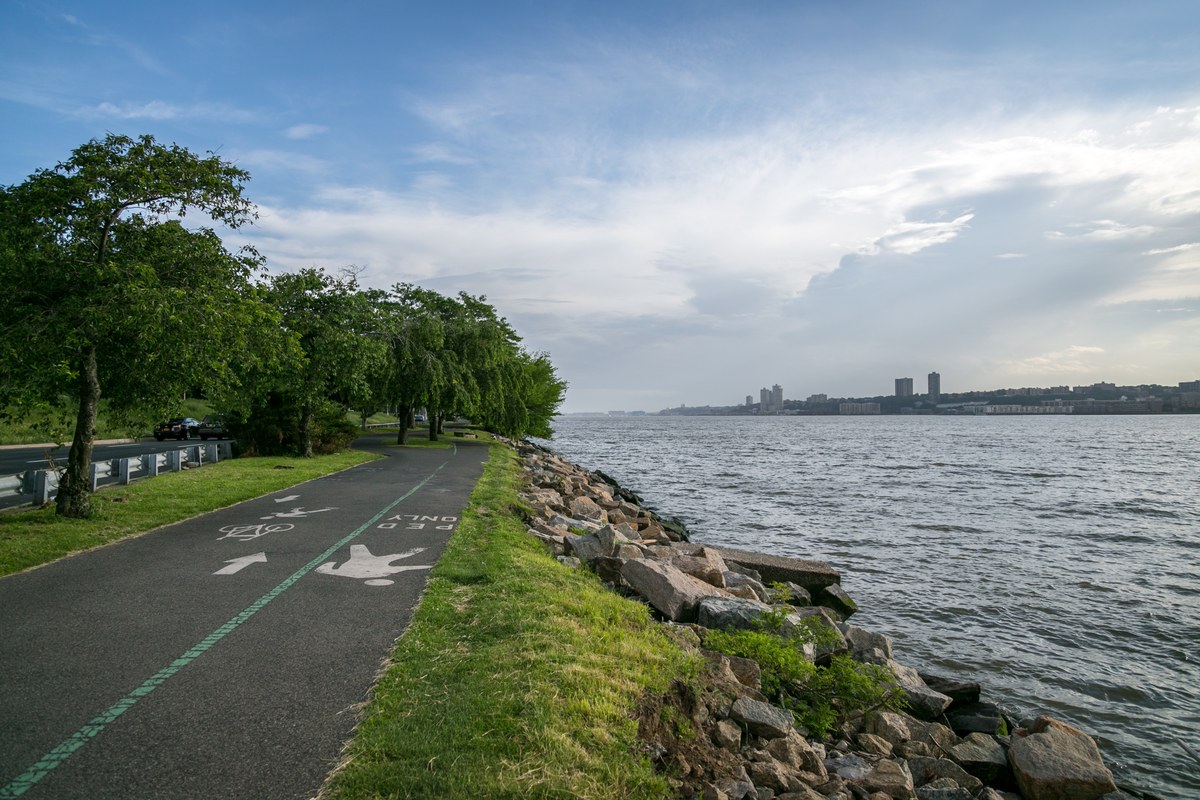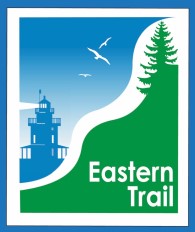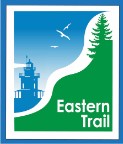
Conde Nash Traveler | Written by Sebastian Modak | July 25, 2016
It’s like the Appalachian Trail for bikes.
It’s been under discussion since the early 1990s, so you’d be forgiven for thinking the East Coast Greenway—a nearly 3,000-mile paved bike trail that would extend from Calais, Maine to Key West, Florida—is nothing but a pipe dream. But the non-profit organization behind the initiative, the East Coast Greenway Alliance (ECGA), has been busy as of late, as it’s 2016-2020 strategic plan shows an uptick in funding from community organizations and both federal and local government institutions. (The project depends on local state governments building and maintaining their individual sections.)
An ambitious biker can make the Maine-to-Florida journey today, but would have to be comfortable spending long sections of the journey on the shoulder of roads carrying car and truck traffic. The ECGA’s end goal is to have the entire East Coast connected by a safe, designated, paved path for joggers, bikers, and other non-motorized adventurers. With only 850 miles of trails (about 30 percent of the proposed path) currently functional, there’s admittedly a long way to go before the full greenway snakes through 15 states and around 450 towns along the Eastern Seaboard, but the ECGA has its eyes set on short term targets for now. It plans on designating another 200 miles of paved paths part of the greenway by 2020, and hopes that momentum will increase as biking becomes more popular around the country.
The greenway is not meant only for bucket-listers like Bob Spiegelman, the chair of the ECGA Board of Trustees who in 2012 rode the entire length of the proposed trail from Calais to Key West. It also could be used in a more piecemeal way—commuters, children, and day-trippers riding on small sections at a time. In the end, the trail is not about simply getting from Point A to Point B as quickly as possible—we have the unwinding, and sometimes mind-numbingly generic, interstate highway system for that. Instead it’s about enjoying the shifting landscape of the Eastern United States, from the dense forests of the North to the South’s beaches, at 10 miles per hour instead of 70. “It’s about seeing America at the right speed, where you can take in all of the culture around you,” Dennis Markatos-Soriano, executive director of ECGA, told CityLab. “And you don’t have a windshield between yourself and the community.”
Reddit users, with all their usual facetiousness, were a little less romantic about the idea. “So if it’s from Maine to Florida that means it’s all downhill, right?” one commenter mused.
Read the full article online here.












0 comments
Write a comment